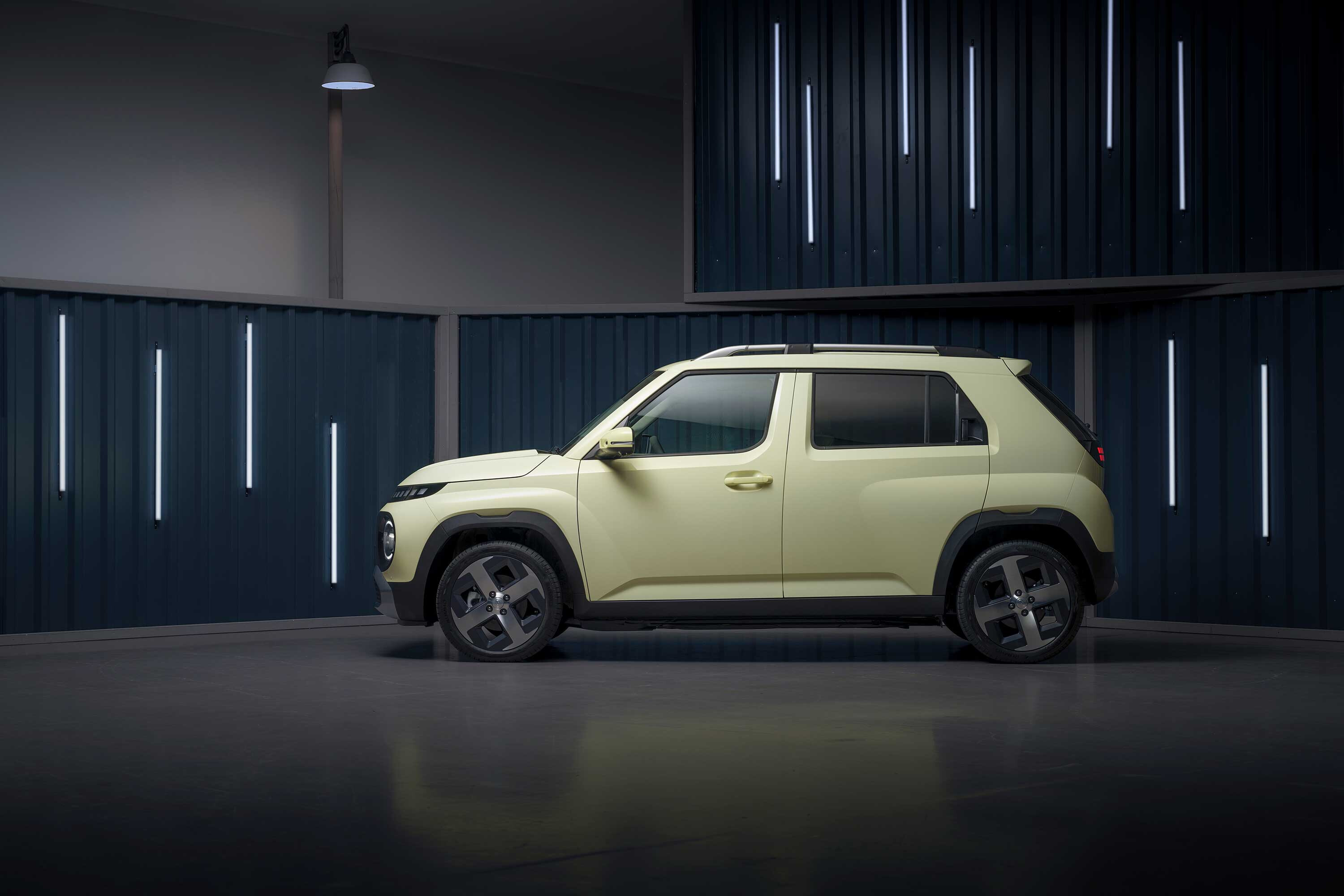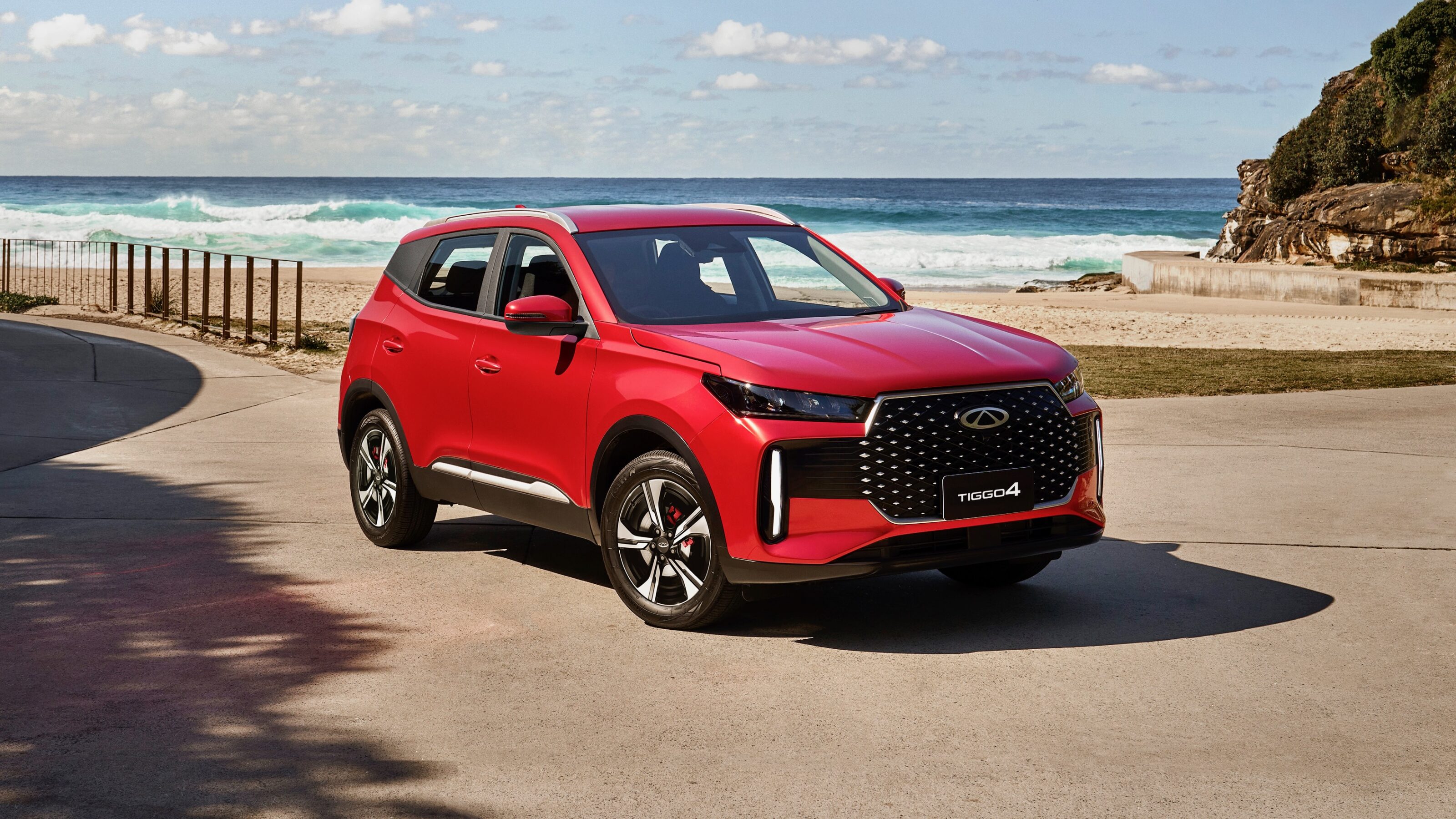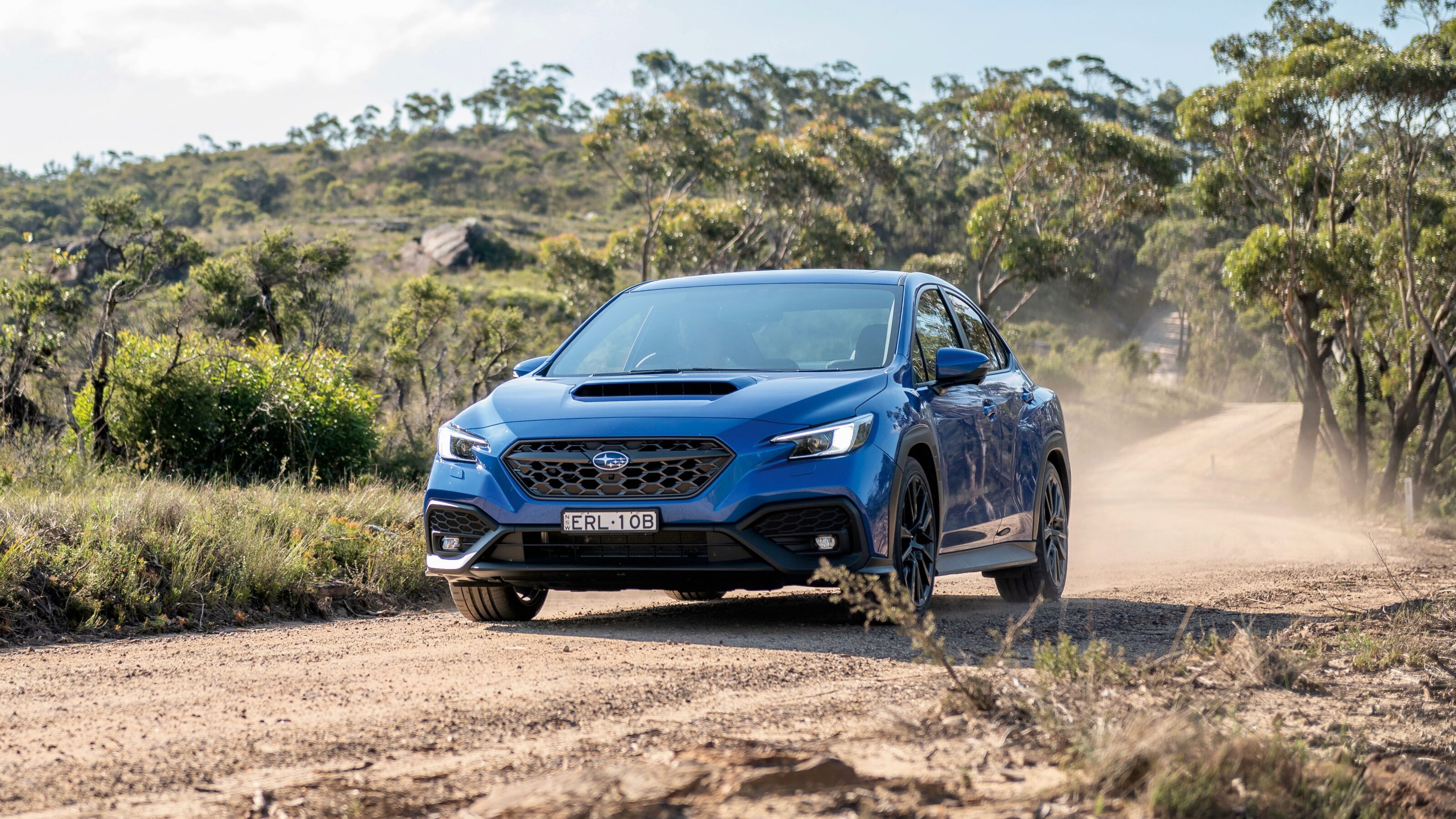Hyundai’s Inster, the pint-sized electric city car that’s confirmed to be heading our way next year, has had its pricing released for the UK market – and analysing the tea leaves suggests it could arrive in Australia with a price tag to rival some of China’s cheaper EVs.
In the UK, the Hyundai Inster will be priced from £23,495 for the base ‘Inster 01’ 42kWh variant – roughly AU$45,500 at the current exchange rate. While line-ball currency conversions are never an accurate way of determining pricing in different markets (they don’t take into account differences in import duty, taxes, vehicle specification, freight costs and many other factors), we can look at what else is offered in that market to help calibrate the crystal ball.
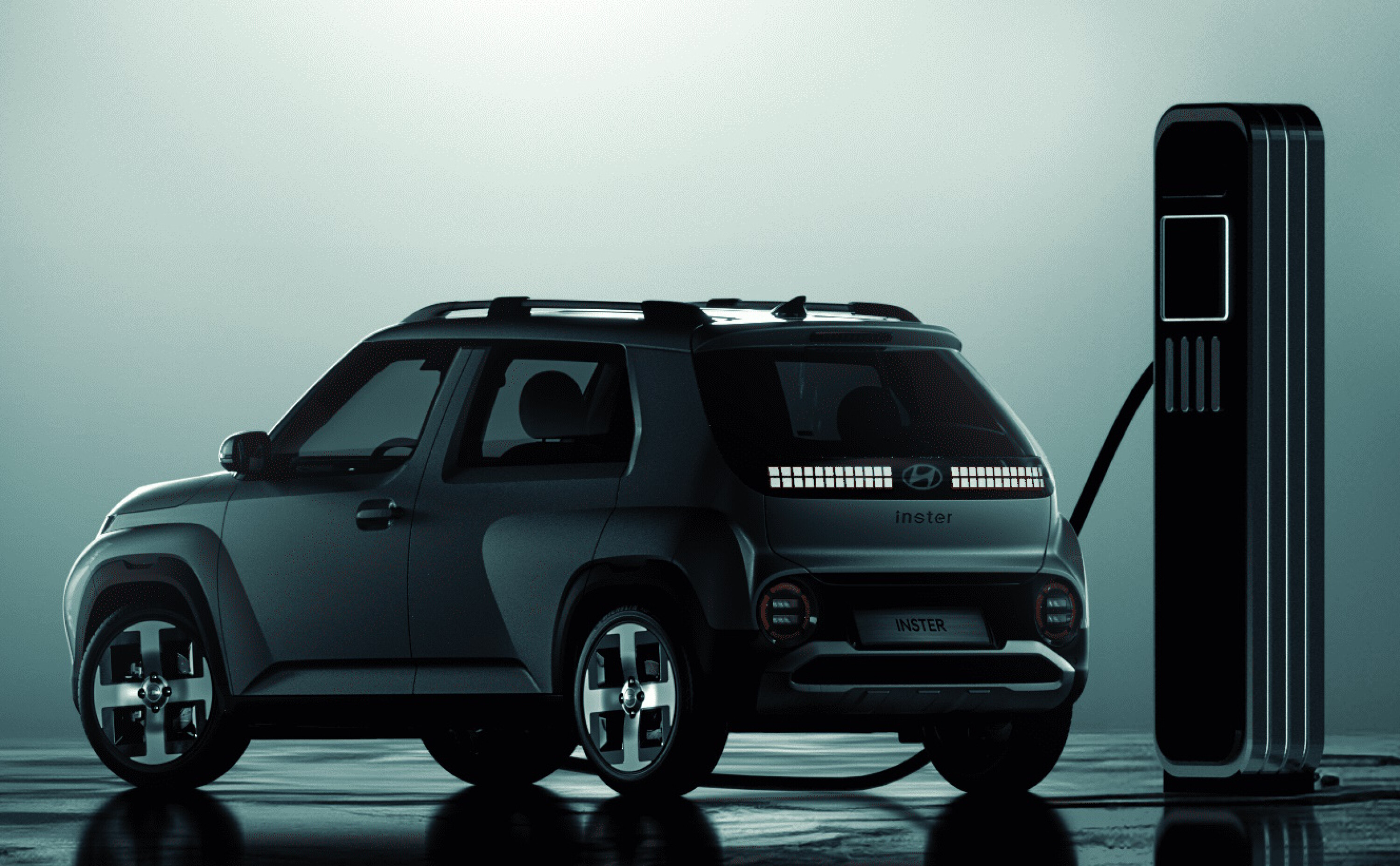
It helps to start with something that’s fairly close to the vehicle in question, and in terms of other all-electric Hyundais in the UK market, Hyundai sells the Ioniq 5 in RWD form with a 62kWh battery at a starting price of £39,900 (AU$76,789), with the mid-spec Ioniq 5 Premium priced at £42,400 (AU$81,600). The Aus-specification base Ioniq 5 exists somewhere between those two UK-market variants in terms of its equipment fit-out and wears an RRP of $69,800, so if we assume a spec-adjusted price for a UK-market equivalent to the Aussie base model Ioniq 5 to be around $80K in our money, then the Australian-market Ioniq 5 costs around 87.25 percent of what it sells for in the United Kingdom.
Apply that same formula to the UK Inster, and we could be looking at an opening RRP for the battery-operated Korean compact of just $39,550 in Australia, rising to $45,000 for the high-spec Inster 02 with a 49kWh battery. At that level the Inster would be competitive against the Chinese-built BYD Dolphin, one of the most affordable EVs in our market. Though with its smaller dimensions (the Inster occupies a VERY compact 3825mm by 1610mm footprint), the South Korean hatchback would offer less metal for your money than the Dolphin.
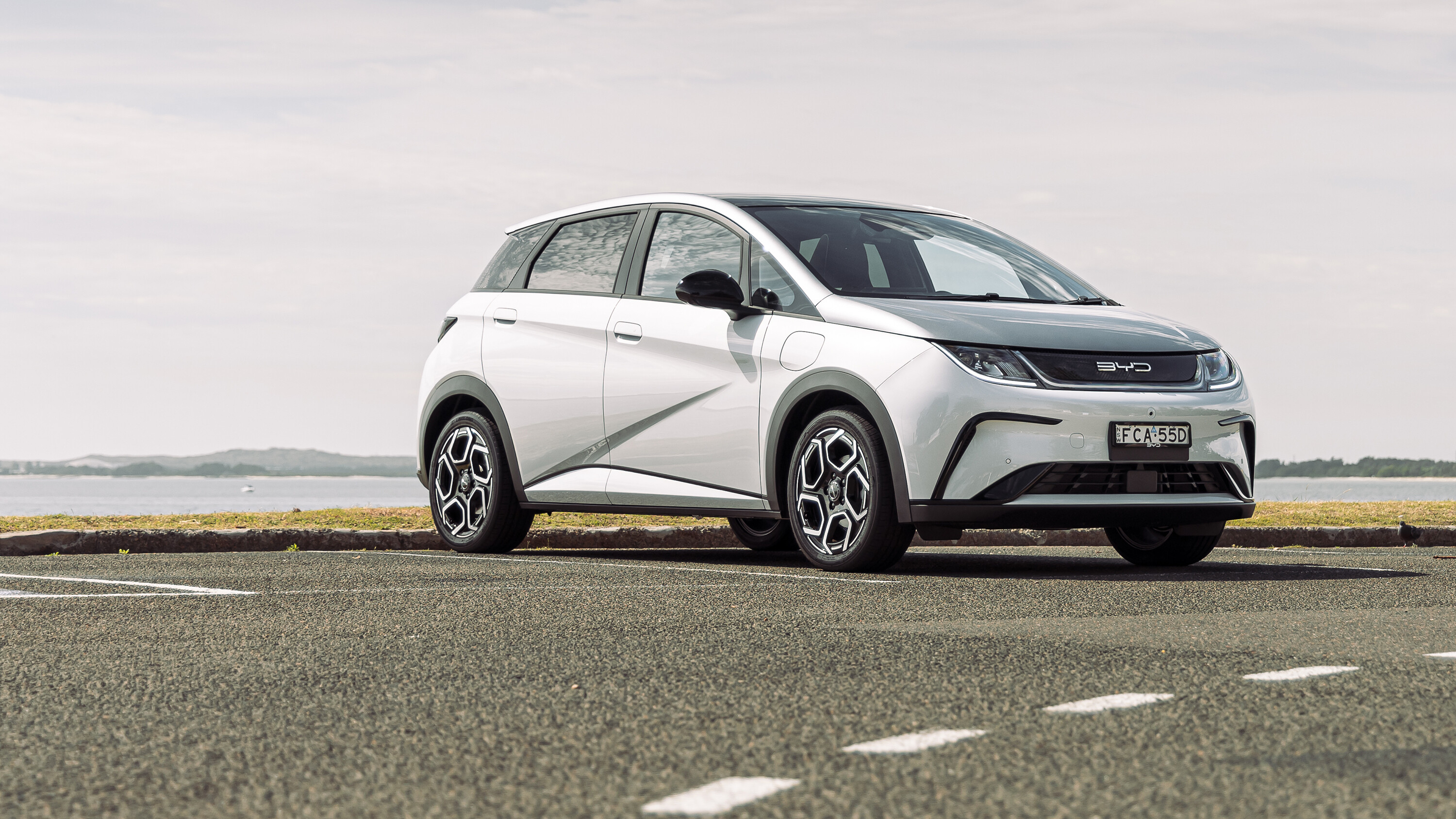
With the 42kWh ‘standard range’ battery, Hyundai claims a WLTP range of 327km for the Inster, achieving an energy efficiency of 14.3kWh/100km. Opting for the long range 49kWh lithium-ion battery extends that slightly to 370km, while also taking the efficiency claim to 14.9kWh/100km and increasing power from the single electric motor from 71kW to 85.5kW.
Other useful hardware includes a heat pump and integrated battery heater, both of which help improve battery health and reduce energy consumption, while a vehicle-to-load function allows the Inster’s stored energy to be offloaded to household electrical devices. Inside, twin 10.25-inch screens provide driver info and infotainment functions, while all seats – including the driver’s – can be folded flat to create a portable loungeroom… or a micro-van.

Full Australian specifications – and pricing – are still unknown, though the company is expected to launch the Inster in our market in the first quarter of 2025 in a two-grade lineup, with a quasi-crossover variant dubbed the ‘Inster Cross’ set to join them later in the year.
We recommend
-
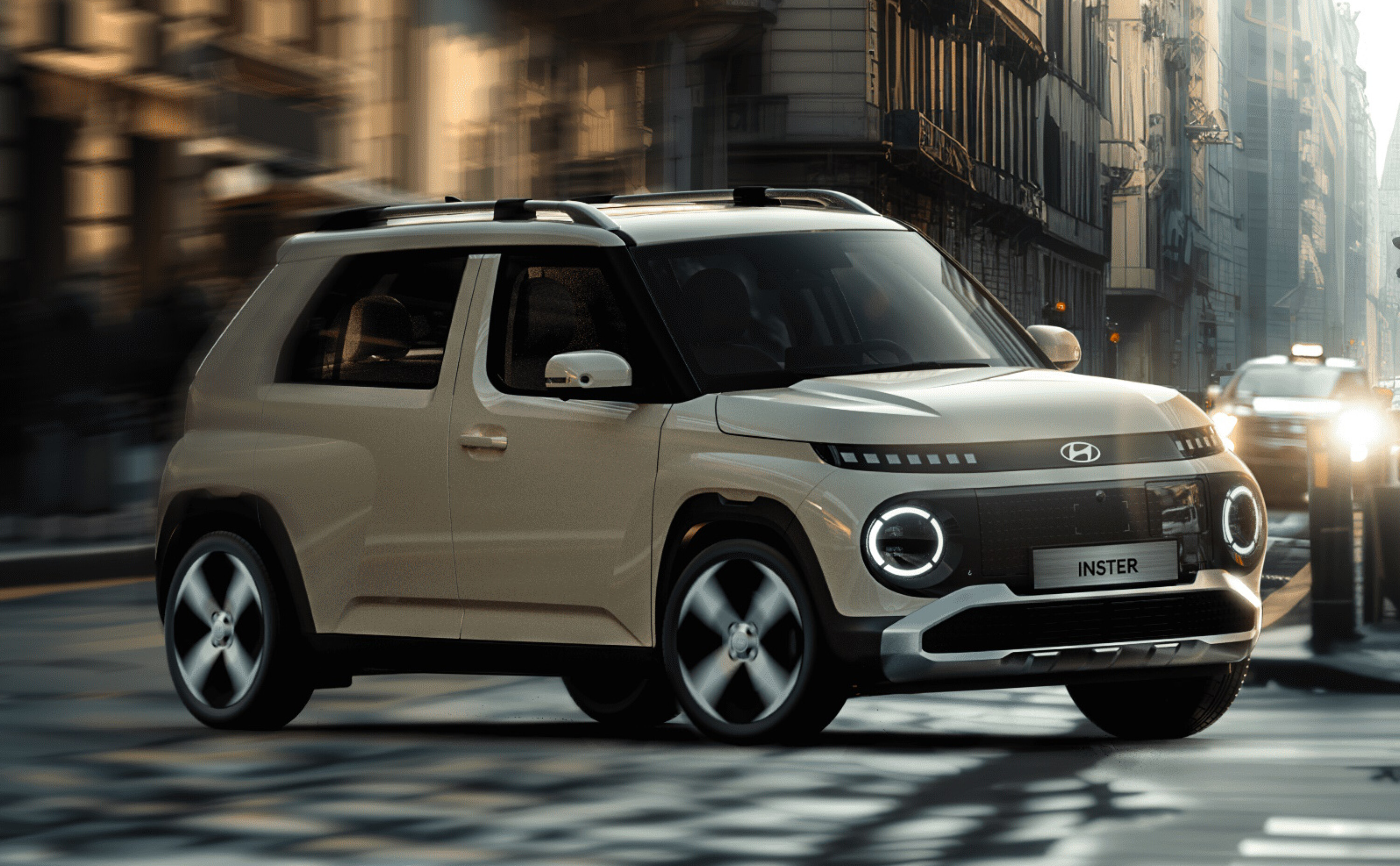 News
News2025 Hyundai Inster electric city hatch revealed, Australia confirmed
Hyundai’s tiny Inster electric city hatch has been confirmed for Australia
-
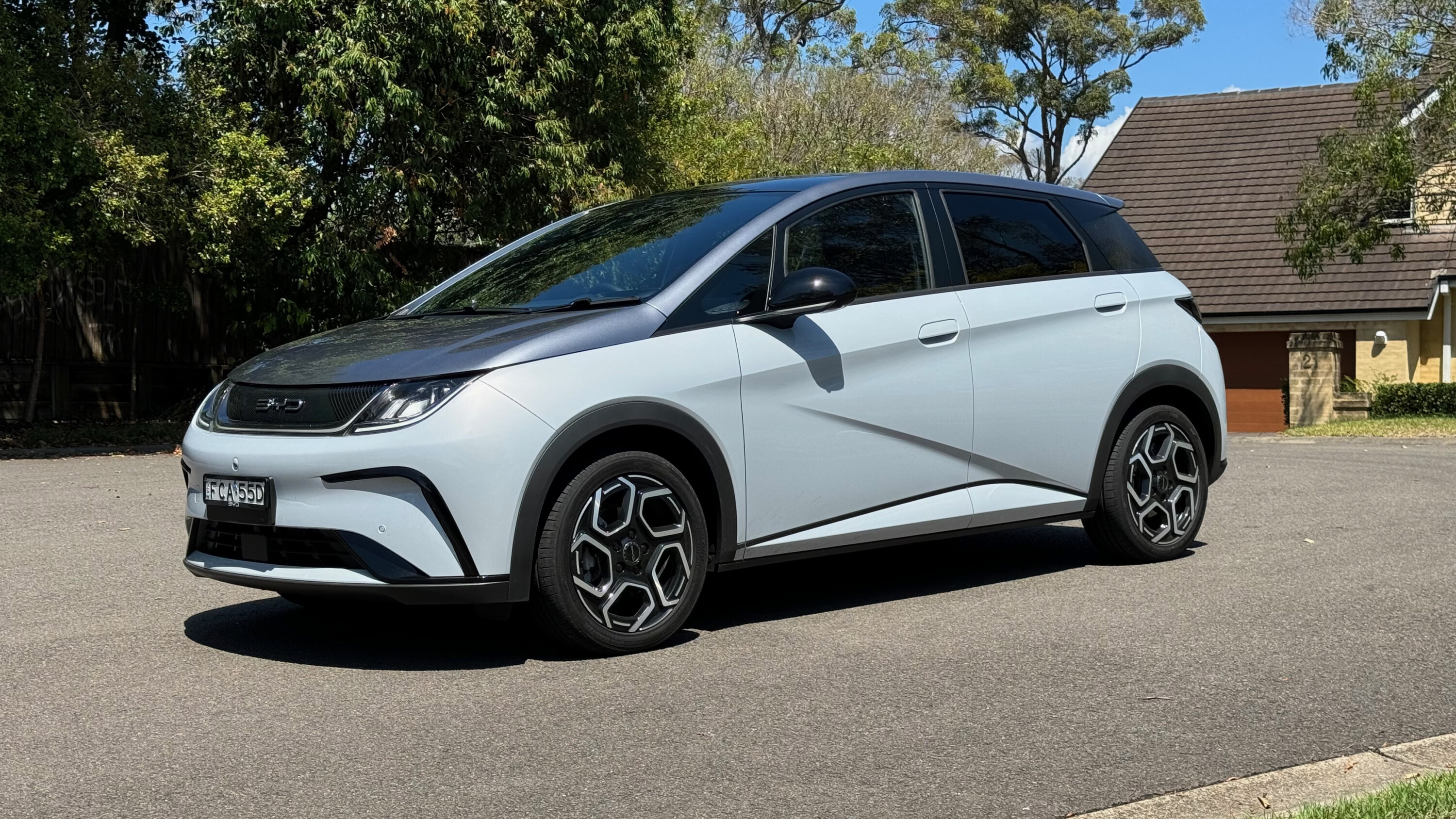 Reviews
Reviews2024 BYD Dolphin review: Australian first drive
The latest effort to spring Aussie EV adoption arrives on our shores, but does the value proposition add up?
-
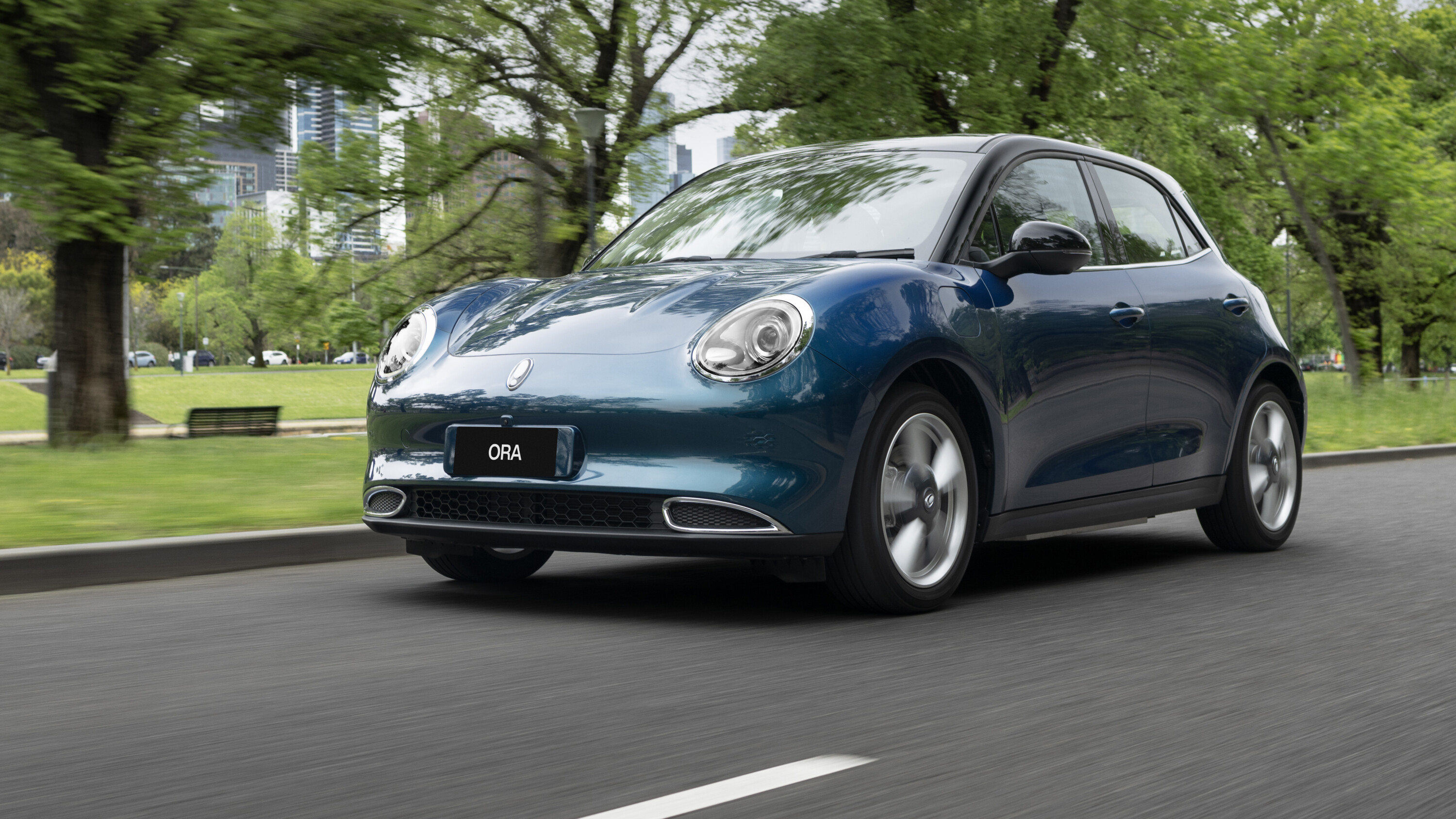 News
NewsGWM Ora price cut makes it Australia’s cheapest EV
New national driveaway pricing sees the GWM Ora hatchback replace the BYD Dolphin as the most affordable EV in local showrooms

